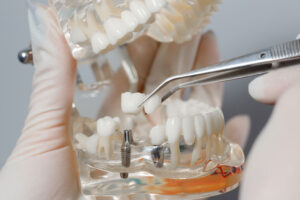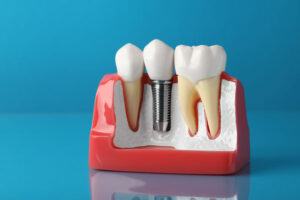We can’t tell you how many people have come to our dentist office seeking help with headaches, jaw pain, and jaw mobility problems. We hate to see any patient suffer, but we are grateful that we can assist patients with TMJ disorders.
When we are able to alleviate someone’s recurring pain, we know it makes an incredible difference in his or her daily life.
That’s also why we are excited to share some information with you about some new technology that we have added to our dentist office in Woodbury, MN. We will be discussing these tools starting with today’s post about the JVA.
What is the JVA? What does it do? How can it help you? These are the questions we intend to answer.
Before we get into some details, we want you to know that Dr. Mark W. Wilhelm is happy to help if you think you may be having a TMJ problem. Just call 651-319-9064 or contact us online to schedule a consultation.
What Is The JVA, & What Does It Do?
JVA stands for Joint Vibration Analysis. This tool is an amazing application of technology for the benefit of our patients.
Using the JVA, we can accurately and precisely measure what is happening to a patient’s jaw when that person opens and closes his or her mouth. Specifically, we are measuring the sounds that are made when someone moves his or her jaw.
Sound is one way to measure the vibrations that occur in your jaw. The JVA allows us to make readings that would not be possible using our ears alone.
In a healthy jaw, the joint meets little if any friction as you open and close your mouth. If there is a problem, this can create resistance (friction) when you make these movements.
The JVA can determine how loud the sounds are and how long those sounds last along with the pitch or frequency of those sounds.
So, What Does Sound Have To Do With TMJ Disorders?
These sounds can help use determine if you have a TMJ problem and how bad that problem may be.
We know there is a certain level of sound the occurs in healthy jaws. We also know different and louder sounds can occur in patients with TMJ disorders.
We do have ways of listening to jaw sounds with our human ears, which also can create limitations. After all, we’ve all heard sounds that we thought were one thing but turned out to be something else. Likewise, you have probably thought you heard someone say something only to learn later that you misheard them.
Since the JVA is a machine, it measures things more accurately than we can on our own. The machine also can quantify those measurements so that we can assess what the sounds in your jaw could mean.
How Do We Use JVA Data In TMJ Diagnosis And Treatment?
The JVA’s gives Dr. Wilhelm a better way to assess, first, if you have a TMJ problem and, second, to evaluate the severity of that problem.
Here are some things we can do with your JVA readings:
▪︎ Make objective measurements of the vibrations created by jaw movement
▪︎ Determine where the vibrations are occurring
▪︎ Create a visual representation of those vibrations
▪︎ Find the intensity of any vibrations
▪︎ Measure the frequency of those vibrations
▪︎ And last, but certainly not least, create a record to compare changes in the vibrations in your jaw
Tracking your numbers will let us know if your TMJ problems are progressively getting worse or if a particular TMJ treatment is improving your situation.
Better Screening Leads To Better TMJ Treatment
Dr. Wilhelm did not have to get a JVA. He did it because he wants to be able to provide the most accurate diagnoses possible for our patients.
With measurable and reliable information, we can provide more effective TMJ treatment for you and for future patients who we will help in years to come.
If you suspect your recurring headaches, jaw pains, or jaw movement problems may be related to TMJ, please call 651-319-9064 or contact us online for an appointment.



